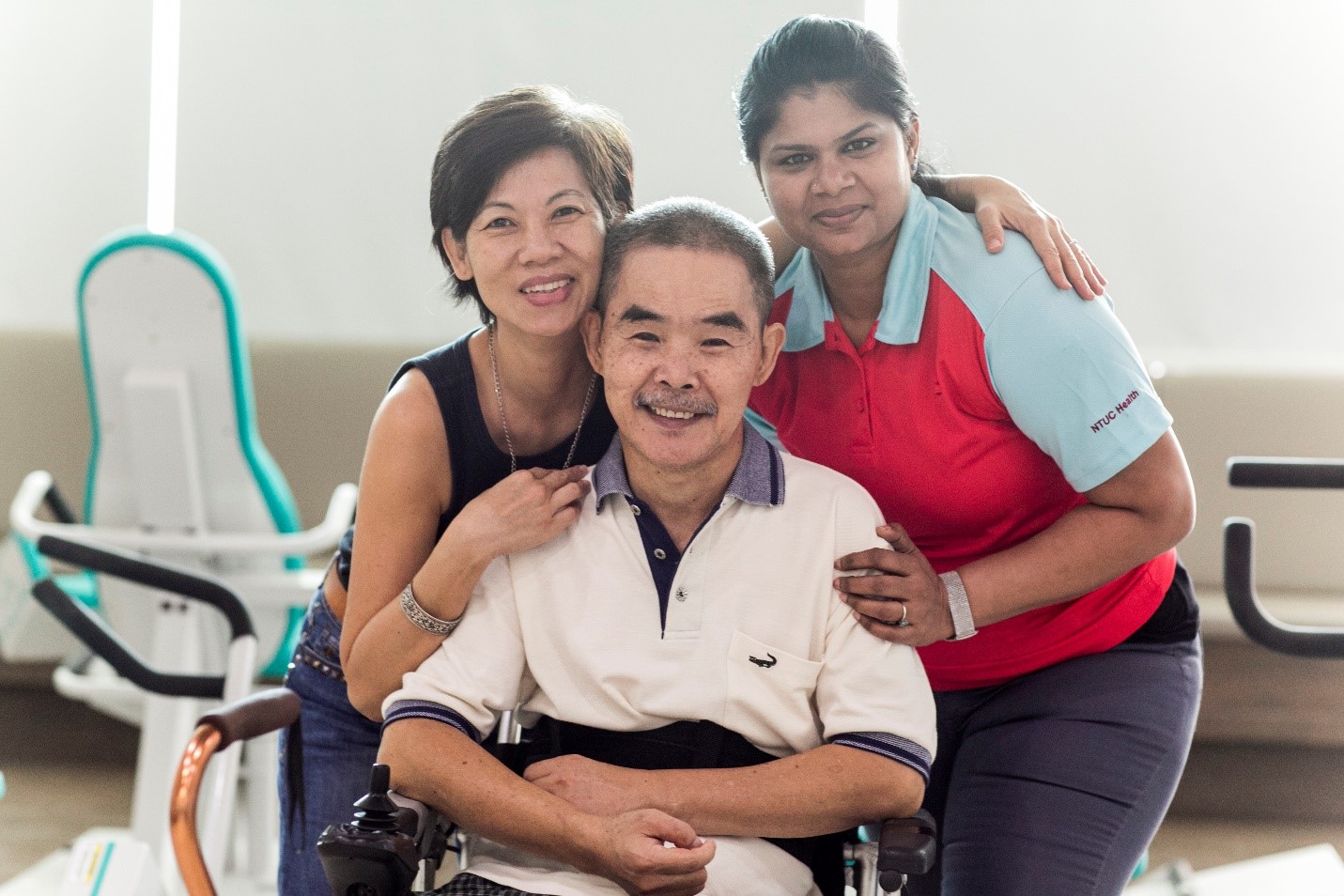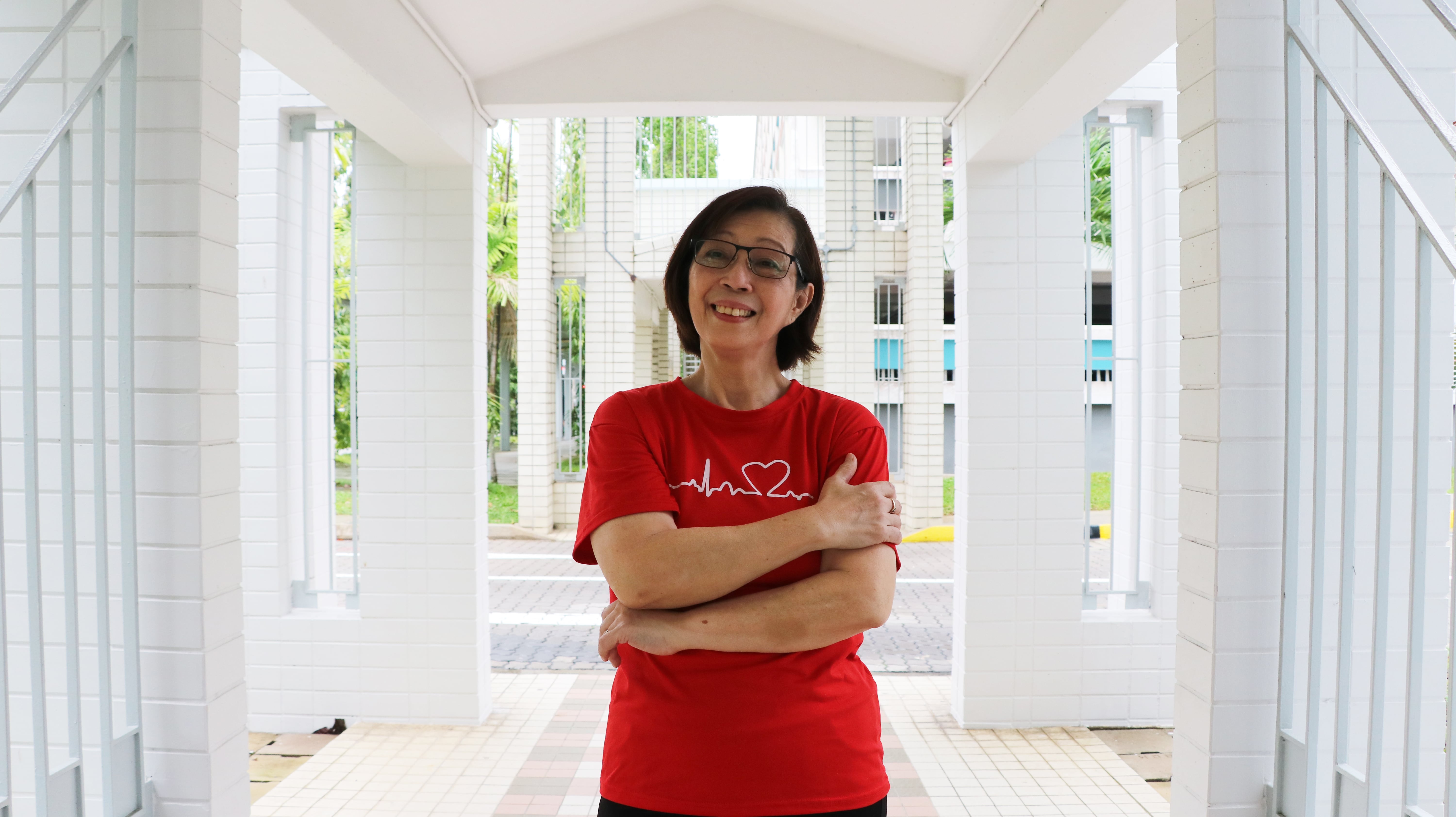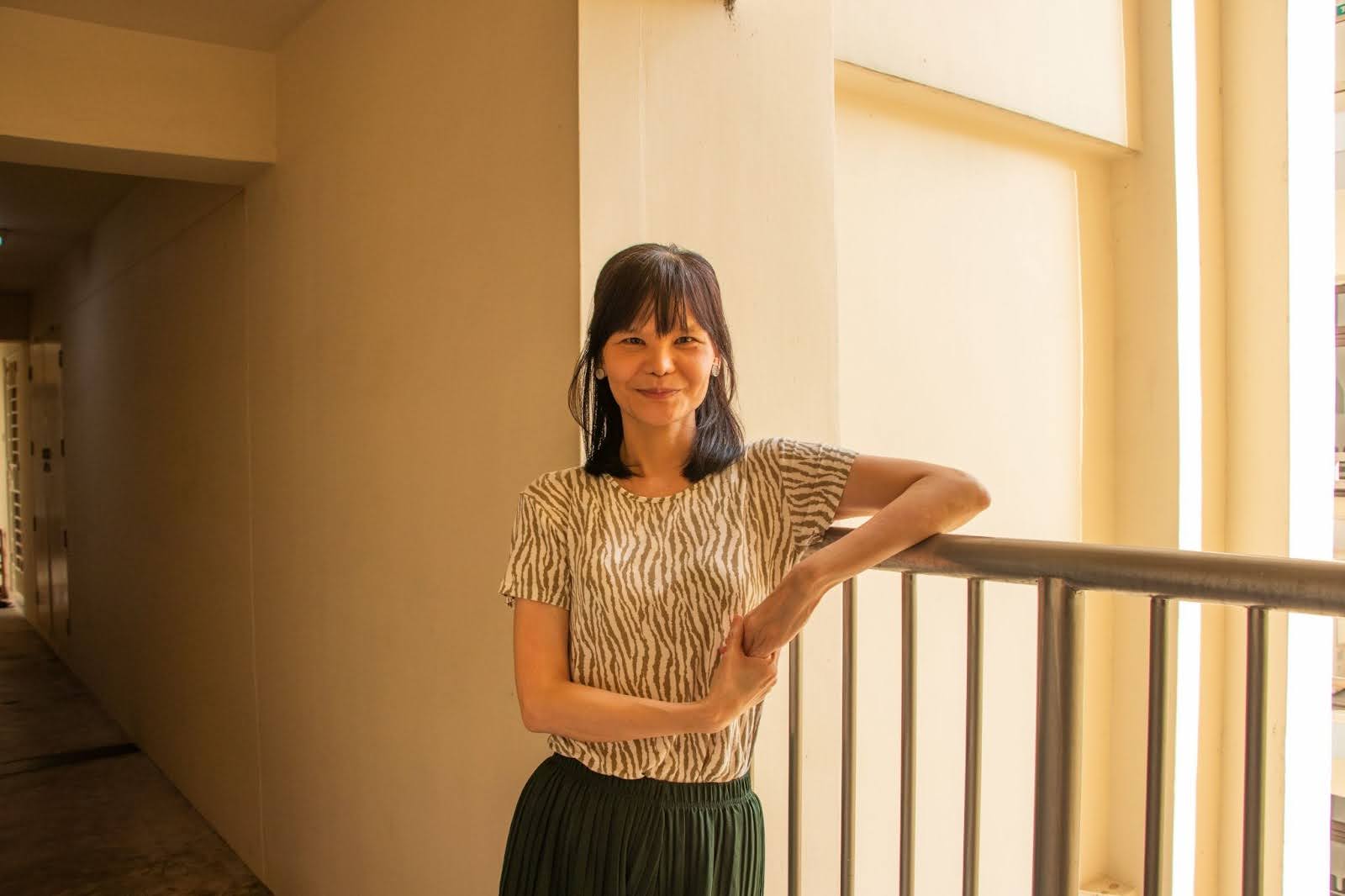(This story is from our archives of NextStep Magazine. The Magazine has since been renamed to AIC With You)
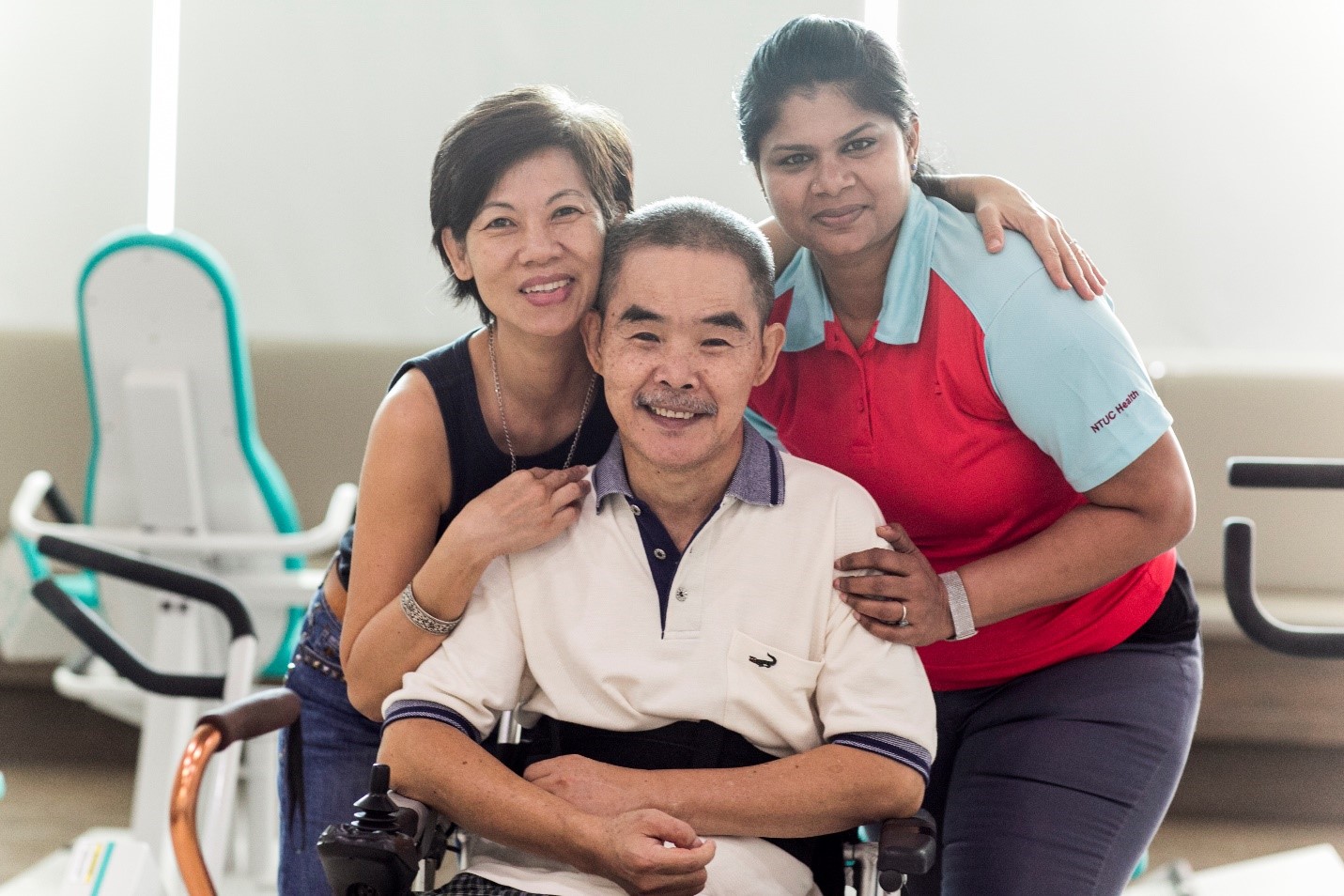
"If strolling to your neighbourhood kopitiam for a cup of coffee sounds like a piece of cake, trust me, back in 2015, it was the toughest thing I had ever done.
Just over four years earlier, in 2011, I had fallen off my bicycle during a holiday in Hanoi, Vietnam. I crashed hard, and struck my head on a rock. The fall hurt parts of my spinal cord. And I was paralysed from the neck down.
Another person who was as much a fitness buff as me might have been devastated. But thanks to my Christian faith, I knew I had to be patient and I was determined to get back on my feet.
My care partner
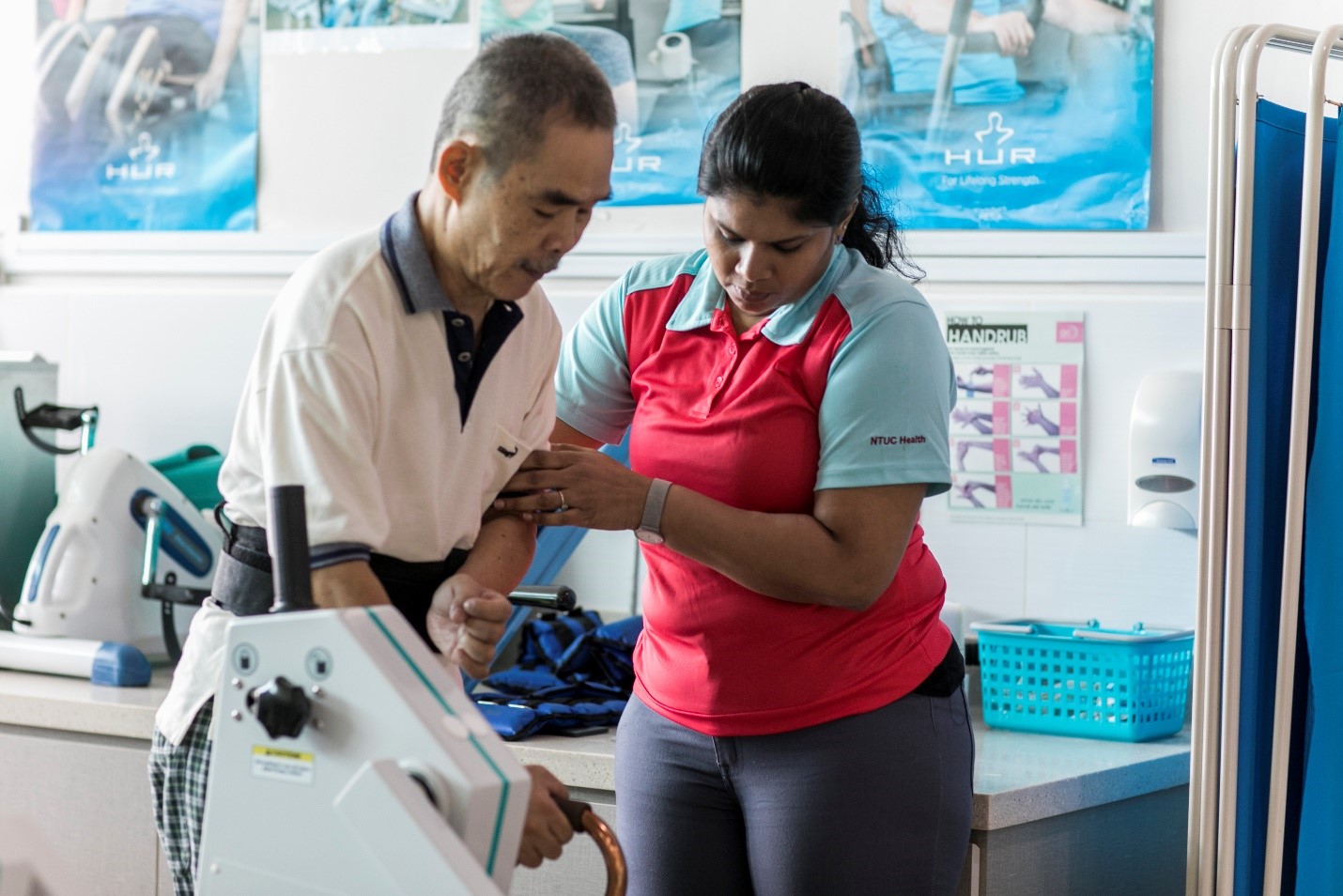
When I returned to Singapore, I began rehabilitation at Tan Tock Seng Hospital and the Ang Mo Kio Thye Hua Kwan hospital. I was also referred to NTUC Health Silver Circle in Serangoon for physiotherapy. There, in 2014, I began working with Ms Jaya Raman Uma Maheswari.
Uma would guide me through a variety of exercises. Sometimes, we would walk on the treadmill. Other times, we would strengthen my legs by lifting weights.
The sessions were never dull. While I was exercising, we would chit chat, share funny things, talk about our personal lives. She became more like a friend than a therapist.
Uma continues to encourage me. Even though I have become used to sharing my story, she would step in and console and comfort me whenever I recount the emotionally difficult memories. This is the kind of understanding we have built up over the years of therapy together.
Making goals
Every three months, Uma and I would review my goals. Our first goals were to go from sitting to standing five times, then walking on the treadmill at a low speed, and so on.
A major milestone for me – and my proudest achievement – was making that walk from the centre to the nearby kopitiam with Uma by my side. Before my accident, I would have thought nothing of it. But that day, I was all too aware of the obstacles – a ramp, a traffic light junction, pedestrians and vehicles. It took us an hour, an arduous hour, but we made it! Jubilant, with all my strength, I called for a cup of coffee – the best coffee I’ve ever had.
Setting sights on a new target
Since my accident, I’ve had many emotional ups and downs. I will always remember the feeling of getting back on my feet after undergoing the lengthy therapy. Today, I can walk for six minutes with a walking frame, covering about 130m.
My next goal is to stand tall at my son’s wedding in May this year. That means switching from my walking frame to walking with a quad stick. This goal gives something to look forward to.
With Uma’s help, my faith, and the support of my family, I believe I will be able to achieve it."
Becoming a Physiotherapist
When Uma, Mr Lim’s physiotherapist, missed out on qualifying for medical school by just one mark, she made a fateful decision. “I’ve always been curious about physiotherapy – how to make somebody walk who cannot walk,” she says. That led her to pursue a degree in physiotherapy. She has not looked back since: “My work gives me a lot of job satisfaction as I feel I am giving back to society. It’s a feeling that no money can give.”
What do physiotherapists do?
Physiotherapists provide treatment for people suffering from physical problems arising from injury, disease, illness and ageing. They assess the physical condition of a patient to diagnose problems and implement a treatment plan. Physiotherapists teach people like Mr Lim how to walk, through exercises (including stretches and weight training) and the use of tools (crutches, walking frames, wheelchairs). For more on a career in physiotherapy, check out: www.carecareers.sg


